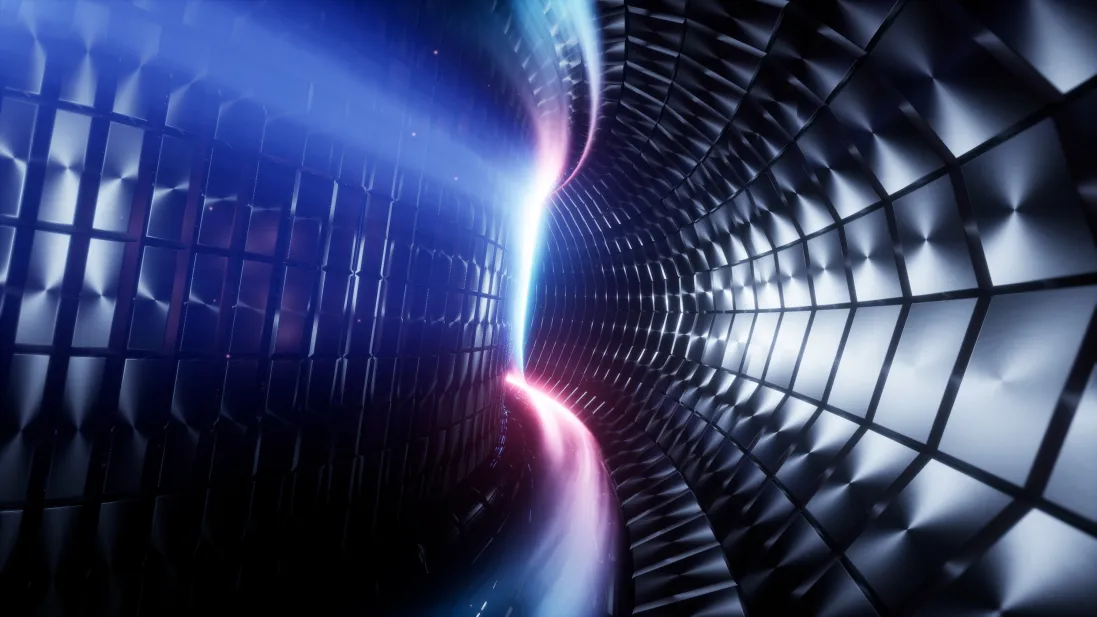Once derided as “always a decade away,” nuclear fusion is now attracting billions in private investment and making real progress toward becoming a commercial energy source. Advances in AI, high-performance chips, and superconducting magnets have enabled startups to refine reactor designs and accelerate timelines, with some aiming to deliver electricity before the end of this decade.
Momentum surged after a 2022 U.S. Department of Energy experiment achieved scientific breakeven, producing more energy from fusion than was imparted to the fuel pellet. While far from commercial breakeven, the milestone proved the science was sound and inspired investors to back companies pursuing a range of reactor approaches.
The leaders:
- Commonwealth Fusion Systems (CFS) has raised nearly $3 billion, including an $863 million round in August. Its Sparc reactor in Massachusetts is slated to go online in 2026–27, with a larger Arc power plant planned in Virginia, where Google has agreed to buy half its 400 MW output.
- TAE Technologies, founded in 1998, has raised $1.79 billion for its particle-beam-driven field-reversed configuration reactors.
- Helion Energy, backed by Sam Altman and others, plans to deliver power to Microsoft by 2028 using its unique direct-electricity-harvesting reactor. It has raised just over $1 billion.
- Pacific Fusion, led by genome pioneer Eric Lander, made a splash with a $900 million Series A to develop electromagnetic-pulse-driven inertial confinement reactors.
Other players include Shine Technologies ($778M, focused on isotopes and waste recycling for now), General Fusion (facing cash struggles despite $462M raised), the U.K.’s Tokamak Energy ($336M), Washington-based Zap Energy ($327M), stellarator startup Proxima Fusion (€185M), laser-focused Marvel Fusion ($161M), and Colorado’s Xcimer ($109M).
Related:Commonwealth Fusion Systems Raises $863M to Accelerate Fusion Power Development
The diversity of designs underscores both the promise and uncertainty of fusion. Some approaches, like CFS’s tokamaks and Helion’s field-reversed configuration, are racing toward prototypes within a few years. Others, like Pacific Fusion and Marvel, are betting on inertial confinement breakthroughs.
Despite setbacks for some players, analysts say the influx of capital and talent has moved fusion power from science fiction toward industrial reality. If even one of these startups delivers on its promise, the global energy market, and climate fight, could be transformed.






